How to Test Battery Capacity?
Capacity refers to the amount of power stored in the battery. The unit of battery capacity is "mAh", and the Chinese name is milliampere-hour (when measuring large-capacity batteries such as lead storage batteries, for convenience, it is generally represented by "Ah", 1Ah=1000mAh). If the rated capacity of the battery is 1300mAh, if the battery is discharged with a current of 0.1C (C is the battery capacity), that is, 130mA, the battery can work continuously for 10 hours (1300mAh/130mA=10h); if the discharge current is 1300mA, then power supply The time is only about 1 hour (the actual working time is somewhat different due to individual differences in the actual capacity of the battery). This is an analysis in an ideal state. The current of a digital device in actual work cannot always be constant at a certain value (take a digital camera as an example, the working current will be larger due to the opening or closing of the LCD display, flashlight, etc. Therefore, the battery can only provide an approximate value for the power supply time of a certain device, and this value can only be estimated through actual operating experience.
Classification of rechargeable batteries
Here will introduce the types of rechargeable batteries and related terms. At present, AA (commonly known as No. 5) and AAA (commonly known as No. 7) standard batteries are the most used in digital products, and some use special batteries. Regardless of their shape, the batteries in it can be divided into three types: Ni-Cd Battery, Ni-Mh Battery, and Li-on Battery.
Nickel-cadmium rechargeable battery
Nickel-cadmium rechargeable batteries are charged at 1.6 times the voltage, usually 300 to 800 times. The capacitance will decrease after 500 times of charging and discharging, and can only reach about 80%. The disadvantage of nickel-cadmium batteries is that during charging and discharging, needle-like crystals of cadmium will grow on the cathode, which sometimes penetrates the separator to cause internal dendritic short-circuits. So what is the "memory effect" of the battery? For nickel-cadmium batteries, since the negative electrode of the battery is sintered in the traditional process, the cadmium grains are relatively coarse. If the nickel-cadmium batteries are recharged before they are completely discharged, the cadmium grains are easy to aggregate and form when the battery is discharged. Discharge platform. The battery will store this discharge platform and use it as the end of discharge in the next cycle. Although the battery's self capacity can discharge the battery to a lower platform, the battery will only remember this low capacity in the subsequent discharge process. In other words, the battery capacity becomes smaller, which is the so-called "memory effect".
Ni-MH rechargeable battery
NiMH rechargeable batteries are mainly designed to replace nickel-cadmium batteries. The nickel-hydrogen battery uses nickel oxide as the anode, and a metal alloy that has absorbed hydrogen as the cathode, and an alkaline aqueous solution of potassium hydroxide as the electrolyte. The energy density of nickel-metal hydride batteries is greater than that of nickel-cadmium batteries, and the capacity of nickel-metal hydride batteries with the same volume can reach about twice that of nickel-cadmium batteries. At the same time, it does not contain harmful metals and is more environmentally friendly. At the same time, the Ni-MH battery basically eliminates the "memory effect". It has a high charging efficiency and can fully charge 90% in 2 hours. But it is not resistant to overcharge and over-discharge, so the charger of this kind of battery must be able to automatically cut off the power, otherwise, it will easily cause damage to the battery. Based on the above advantages, nickel-metal hydride batteries have almost completely replaced nickel-cadmium batteries. At present, most standard AA and AAA batteries on the market are nickel-hydrogen batteries.
When the capacity of mainstream AA nickel-hydrogen batteries reaches 1500-2600mAH, the capacity of mainstream AAA nickel-hydrogen batteries reaches 650-800mAH. Nickel-cadmium batteries with a capacity of only a few hundred mAH are rarely seen, but they are obviously not cost-effective as nickel-hydrogen batteries. It is not recommended to choose nickel-cadmium batteries for cheap prices. Regarding the choice of capacity, the current LCD screens of electronic products are getting larger and larger, and products with large capacity should be chosen as much as possible.
Lithium-Ion Battery
Our commonly known lithium battery generally connects multiple cells in series, and the voltage range is between 3.0V and 4.0V (nominal voltage is 3.6V). There used to be a metal lithium battery, but the lithium-ion battery is safer than the metal lithium electronics. The reason is that it uses the lithium-ion state. The lithium-ion battery has no flowable liquid electrolyte but is changed to a polymer electrolyte to conduct electricity.
Compared with nickel-hydrogen batteries of the same volume, lithium-ion batteries are 30%-40% lighter and have a 60% higher capacity. It has no memory effect and has higher charge and discharge times. Lithium-ion batteries generally do not appear in standard AA, AAA forms, but are produced in different shapes according to the restrictions on the volume and shape of the battery by electrical appliances. The versatility is not strong, and a battery is only suitable for a certain or a certain brand Series of products used.
Due to the different sizes, the capacity of lithium-ion batteries is also even more different. There is a simple way to calculate the battery capacity: the voltage is always the same when the batteries are stacked in series; the capacity is always the same when the batteries are stacked in parallel, and the voltage is always the same.
The calculation method of battery capacity (C):
Capacity (C) = discharge battery (constant current) (I) × discharge time (hours) (T)
in turn: Discharge time(T) = capacity (C)/discharge current (constant current) (I)
For example, a battery is discharged with a constant current of 500MA (milliampere) for 2 hours, then the capacity of the battery is equal to 500MA*2H=1000MAH=1AH For another example, if a battery is discharged for 2 hours with a current of 5 amps, then the capacity of the battery is 10 AH.
What is the voltage difference between fully charged and discharged batteries? In fact, this is related to the type and type of batteries. Different types of batteries are different.
For example, lithium batteries for mobile phones have a rated voltage of 3.6 and a minimum voltage of 3V;
a lead-acid battery cell has a rated voltage of 2V and a minimum voltage of 1.75V;
if it is 12V The lead-acid battery has a rated voltage of 12V, with a minimum of 10.5V.
If you are interested in rechargeable battery products, please don't hesitate to contact us at any time! Email: info@grepow.comGrepow Website: https://www.grepow.com/
Related Articles
-
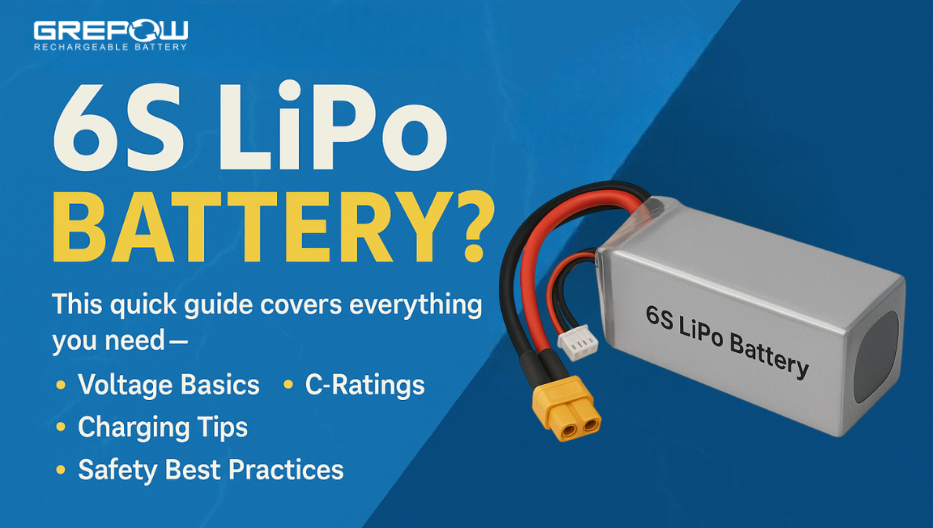
Practical Guide to 6S LiPo Batteries for Drones & RC Models
2025-04-23 -
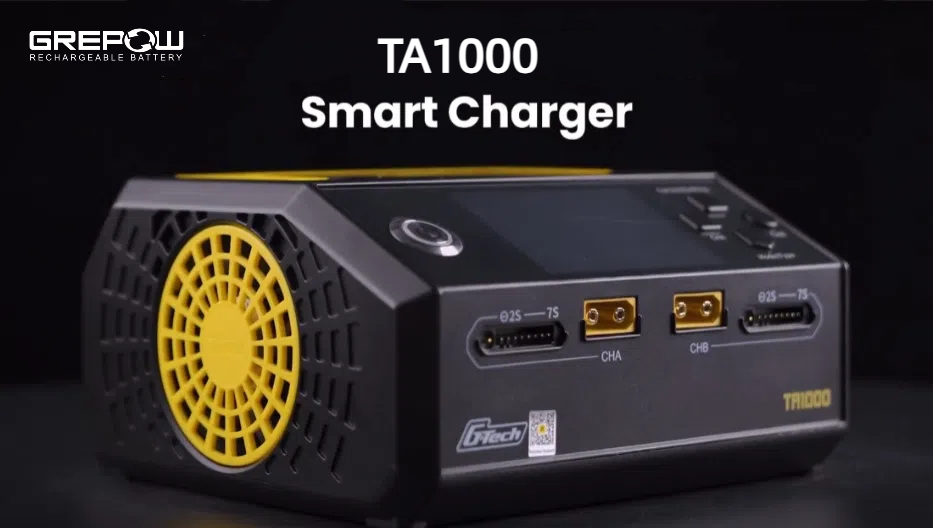
How to Choose a LiPo Battery Charger?
2025-04-08 -
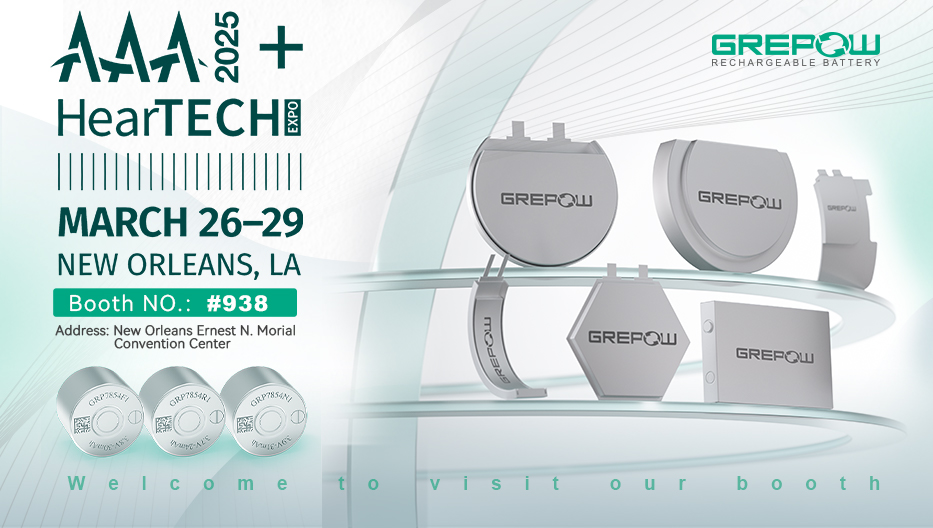
Join Grepow at AAA 2025+HearTECH Expo
2025-03-17
Related products
-
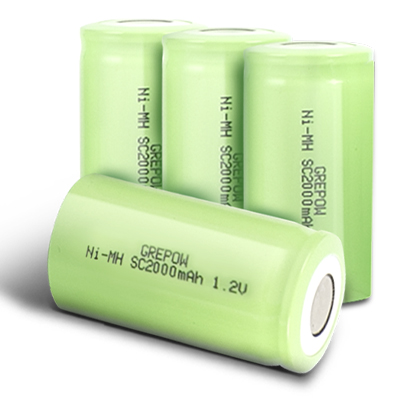
SC Size NiMH Rechargeable Batteries
-
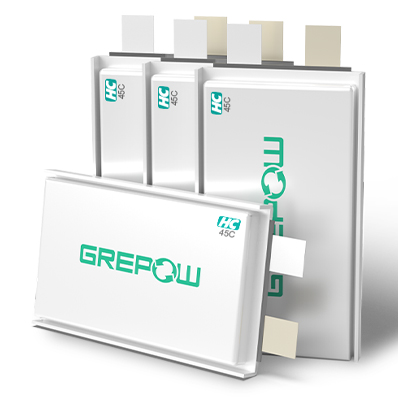
45C High Discharge Battery - High C Rate LiPo
-
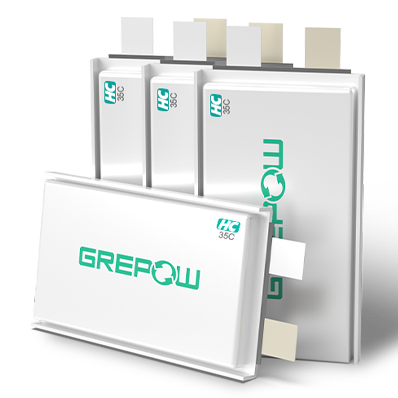
35C High Discharge Battery - High C Rate LiPo
















































